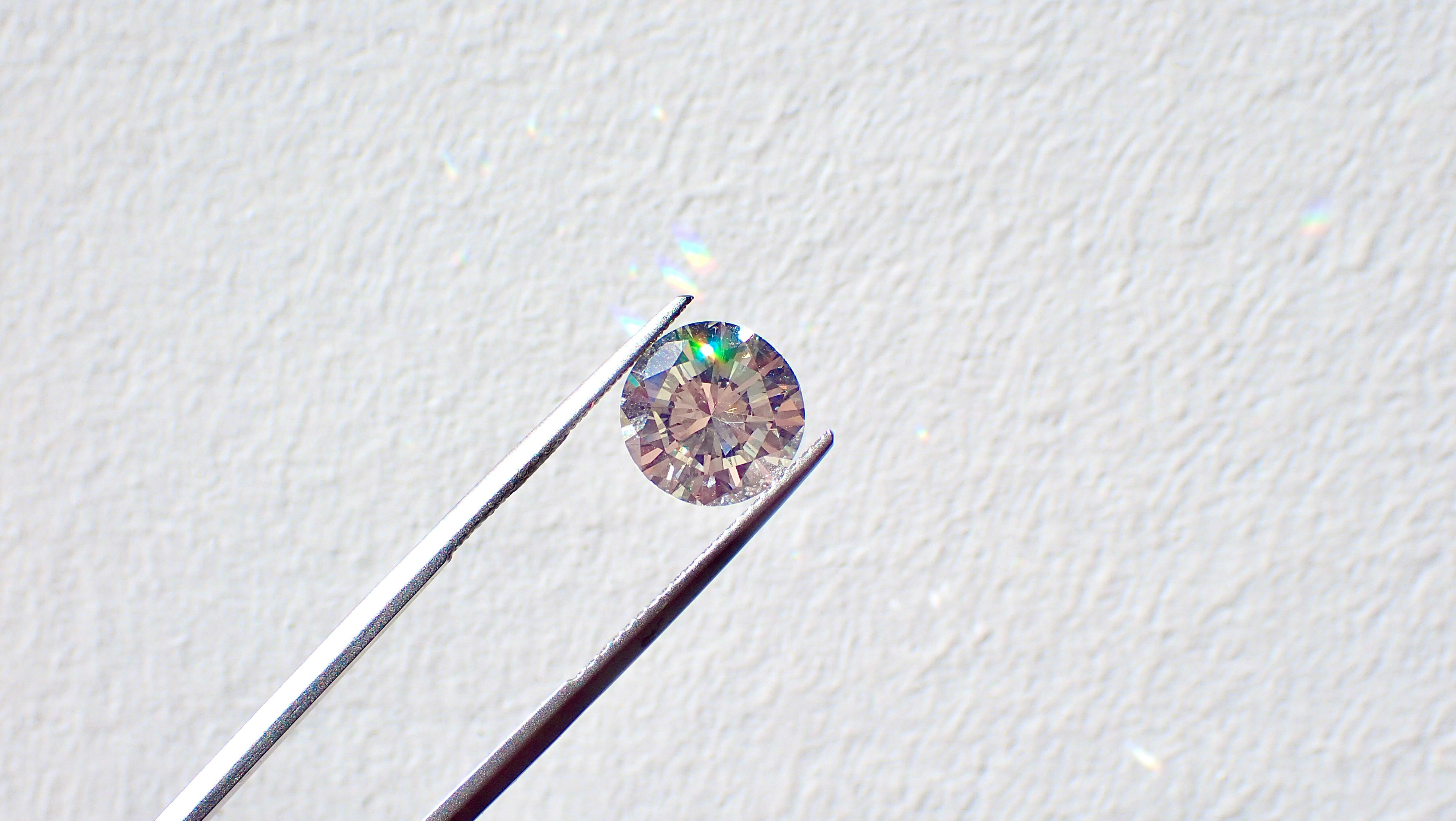Arizona Lithium’s Prairie lithium brine project in Saskatchewan received approval this week to begin initial production. In phase one, the company aims to produce 150 tonnes per annum of lithium carbonate equivalent. Courtesy of Arizona Lithium.
Welcome back to your weekly mining news recap, where we catch you up on some of the news you may have missed. This week’s headlines include Rio Tinto’s CEO on the way out, the U.S. considering granting rights for seabed mining near American Samoa, and a new report highlighting a growth in critical minerals demand in 2024.
Arizona Lithium has received approval from Saskatchewan’s Ministry of Energy and Resources to begin phase one production at its Prairie lithium project in southeast Saskatchewan. It is the first lithium brine project in the province, and one of the first in North America, to receive initial production approval. The project will utilize direct lithium extraction (DLE) to generate feedstock for the production of battery-grade lithium carbonate. Fabrication of the DLE unit is progressing on schedule, with completion expected by October.
The Ontario government will invest around $3.1 billion to boost Indigenous participation in mining, as part of the government’s broader strategy aimed at accelerating the development of a domestic critical minerals supply chain, as reported by Bloomberg. A majority of the funds will support loan guarantees for Indigenous business investments in Ontario mining projects, as well as grants and scholarships for Indigenous students pursuing careers in mining.
Northback Holdings’ coal exploration project at the former Grassy Mountain coal mine site in Alberta has received exploration approval from the Alberta Energy Regulator, as reported by CBC News. This follows the Alberta government’s recent decision to lift its 2022 moratorium on coal exploration and development along the eastern slopes of the Rocky Mountains. The regulator emphasized that the approval is for exploration only and does not grant the company approval to begin mining.
Rio Tinto CEO Jakob Stausholm will step down later this year after more than six years with the company, where he worked to reform company culture and improve environmental, social and governance performance, as reported by Reuters. Stepping into the role of CEO in 2021, he helped to address workplace toxicity, including commissioning a report on workplace culture at the company, which brought attention to numerous cases of bullying, harassment and racism. No clear reason for his unexpected departure was provided. A successor search is under way.
Codelco is partnering with Rio Tinto to develop the Maricunga lithium project in Chile, with Rio Tinto investing up to US$900 million to help extract lithium for a 49.99 per cent stake in the project, as reported by Reuters. This collaboration would grant Rio Tinto the opportunity to enter a sector long dominated by SQM and Albemarle in the country. The deal will support Chile’s efforts to re-establish its position as the world’s leading lithium producer, a status it held until 2017, when it was surpassed by Australia.
The Trump administration is exploring the possibility of selling rights for seabed mining near American Samoa to secure critical minerals such as nickel and cobalt, as reported by Bloomberg. The U.S. Department of the Interior will seek public and industry input, following a request from California-based Impossible Metals. In April, Vancouver-headquartered The Metals Company sought approval from the U.S. government to mine critical minerals from the ocean floor in international waters.
A new report from the International Energy Agency found that, in 2024, demand for key critical minerals surged, driven by technologies like electric vehicles and grid expansion in China. Demand for lithium rose by nearly 30 per cent year-on-year, while demand for nickel, cobalt, graphite and rare earth elements increased by six to eight per cent. Although demand surged, substantial supply increases driven by China, Indonesia and the Democratic Republic of the Congo helped push prices down, particularly for battery metals. Lithium prices fell over 80 per cent since 2023, while graphite, cobalt and nickel dropped 10 to 20 per cent in 2024.
Another industry report released by the Mining Association of Canada found that Canada’s mining sector contributed $117 billion to Canada’s gross domestic product (GDP) in 2023, which represents four per cent of the country’s GDP. The report highlighted that Canada’s mining sector continues to face challenges like regulatory delays and transportation disruptions.
Advances in mining robotics are rapidly moving the industry towards zero-entry mining, where no workers are exposed to hazardous tasks, as reported by Graham Chandler for the March/April issue of CIM Magazine. Key innovations include using robotics in the preparation and surveying of drill holes underground, blast loading and manual inspections in hazardous locations.
That’s all for this week. If you’ve got feedback, you can always reach us at editor@cim.org. If you’ve got something to add, why not join the conversation on our Facebook, Twitter, LinkedIn or Instagram pages?




